#robert stern
Text
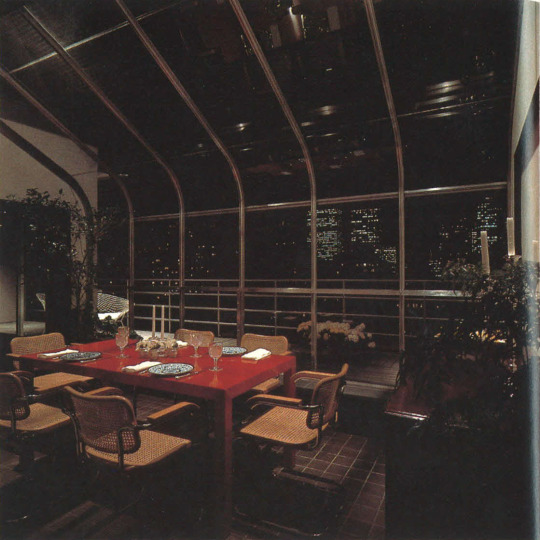
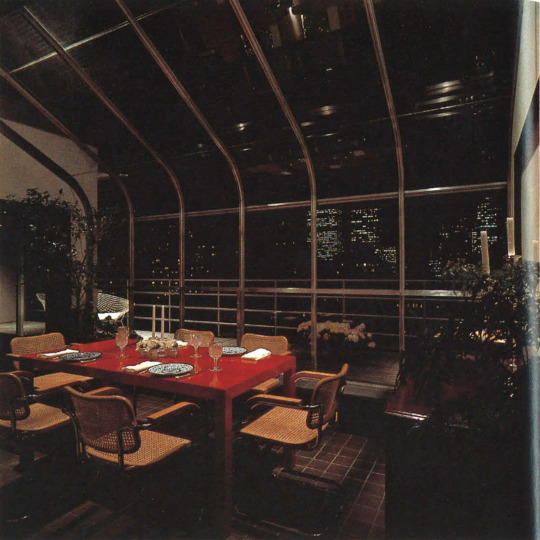
NYC rooftop apartment, designed by Robert Stern 1972-1973. Featured in Architectural Design 1980.
Scan
292 notes
·
View notes
Text

Jay Steffy, Interior, Circa 1980
I can't find much on Jay Steffy's design philosophy but I read his 1980s interior as postmodern.
"Postmodernism had begun as a radical fringe movement in the 1970s, but became the dominant look of the 1980s, the 'designer decade'. Vivid colour, theatricality and exaggeration: everything was a style statement. Whether surfaces were glossy, faked or deliberately distressed, they reflected the desire to combine subversive statements with commercial appeal. Magazines and music were important mediums for disseminating this new phase of Postmodernism. The work of Italian designers – especially the groups Studio Alchymia and Memphis – was promoted across the world through publications like Domus. Meanwhile, the energy of post-punk subculture was broadcast far and wide through music videos and cutting-edge graphics. This was the moment of the New Wave: a few thrilling years when image was everything." ( 1 )
"The postmodern outlook is characterized by self-referentiality, epistemological relativism, moral relativism, pluralism, irony, irreverence, and eclecticism; it rejects the "universal validity" of binary oppositions, stable identity, hierarchy, and categorization." ( 2 )

Piazza D'Italia, Charles Moore and August Perez III, 1978

Robert A. M. Stern: Residence and Pool House
Llewelyn Park, New Jersey, 1982

M2 building, Kengo Kuma, Japan, 1991
"Less is More" "Less is a Bore" LOL:
"If the Modernist movement could be epitomized in a single phrase, many would choose Mies van der Rohe’s succinct utterance, “less is more.” Three authoritative words, three stern syllables: The slogan came to embody the very architectural language it engendered, spawning a whole generation of architects who sought to strip back buildings to their bare essentials.
Mies and many of his Modernist peers advocated the abolition of the superfluous, arguing that ornamentation was a distraction from the beauty of structural rationality, or — worse still — an unethical symbol of extravagance.
Of course, as with any ideological action, there is a reaction, and this is where American architect Robert Venturi came in. Together with his wife Denise Scott Brown, the late Robert Venturi strove to rewrite the book (sometimes quite literally) on modern architectural design, challenging the principles of the Modernist movement with experimentation and witty provocation.
Venturi pinpointed Mies’ sound bite as a key source of influence and countered with his own, simultaneously playful and cutting in its candor: “Less is a bore.”
Venturi’s instantly memorable quote — its fame perhaps only surpassed by Mies’ oxymoronic original — became the mantra for an entire architectural movement. Postmodernism ushered in an age of warmer architecture, buildings full of character that displayed a greater sensitivity toward context, urban landscapes ingrained with more humor and humility than the earnest monuments of 20th-century Modernism.
... For [Venturi], this was the architecture of gentle anarchy, of free-spirited optimism, of unbridled joy." ( 3 )
#architecture#venturi#mies van der rohe#modernity#postmodernity#kengo kuma#charles moore#robert stern#august perez iii#postmodern#modern
22 notes
·
View notes
Text




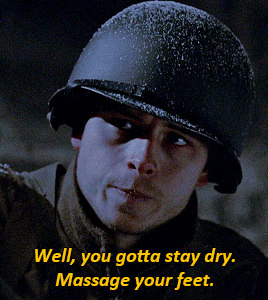
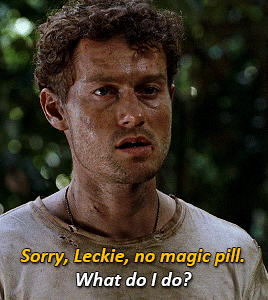


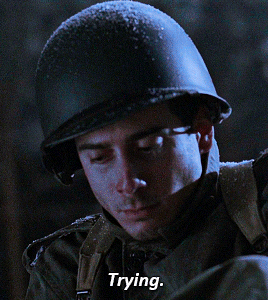


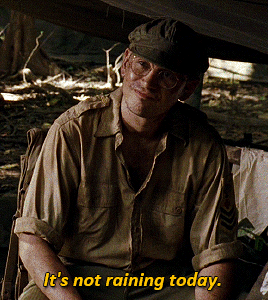
BAND OF BROTHERS · PART 6 / THE PACIFIC · PART 4
#the pacific#band of brothers#thepacificedit#bobedit#hbowaredit#hbo war#edits#hbowardaily#ronsparky#olympain#userstaud#robert leckie#stern#eugene roe#joe toye#rewatching bob and since every single tp line is burned into my brain#we get stuff like this kshfsdf
72 notes
·
View notes
Text

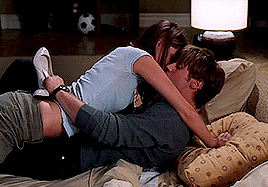


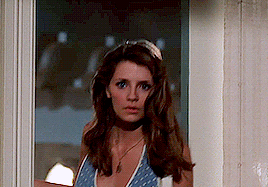
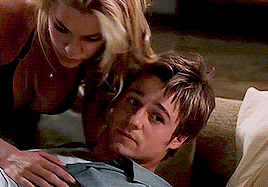
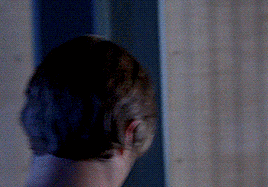
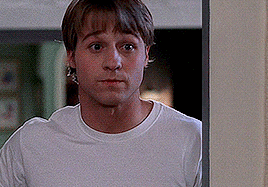
"Right, um, sorry. You know, if anyone should know about knocking before entering the poolhouse, that'd be me."
requested by @wowthatsextra
#theocedit#tvedit#otpsource#romancegifs#teendramasource#theocsource#00sedit#ryan x marissa#usercallie#tusermanon#wowthatsextra#ryan atwood#marissa cooper#seth cohen#kirsten cohen#anna stern#summer roberts#request#*#1x06#1x10#1x15#2x18#my dash shifted to the twitter layout in the middle of drafting this lol#i got so confused#anyway let ryan get some 2k03 but also 2k05 ryan not realizing other ppl need privacy is deeply funny to me
177 notes
·
View notes
Photo
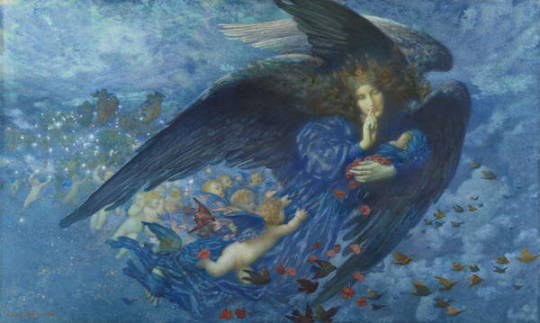
Night with her Train of Stars, 1912 by Edward Robert Hughes
(1912, watercolour with gouache and gold on paper)
#Edward Robert Hughes#hughes#night#train#stars#sky#night sky#sterne#watercolour#art#painting#artist#crown#wings#child#queen#sparkle#heaven#heavenly#magical#mystery#fantasy#angel#blue
54 notes
·
View notes
Text

#the oc#theocedit#ocedit#oc#summer roberts#fanart#art#anna stern#marissa cooper#ryan atwood#seth x summer x anna#idk i tried to make it shaped like a xmas treee#holiday#television#chrismukkah#my fave holiday lol#design#graphic#graphic design#episodic#holiday 2023#poster art#shapes#illustration#artists of tumblr#i was gonna do something different with this#edit#edits by brimi#typography#quote
33 notes
·
View notes
Text
For one and a half of an episode of "What If?" I was like "Why does Tony Stark look so off?". Other characters look like themselves, and he just looks like some other guy. And then it struck me. Blue eyes. For some reason, in both episodes he has blue eyes.

I wonder why. I mean, there's no reason he can't, these are alternative realities after all. But other characters look like the actors who play them, so why..?
#what if#tony stark#robert downey jr#steely eyes make him look more stern#and less like a kicked puppy#which feels wrong
39 notes
·
View notes
Text
round 2.3 poll 2

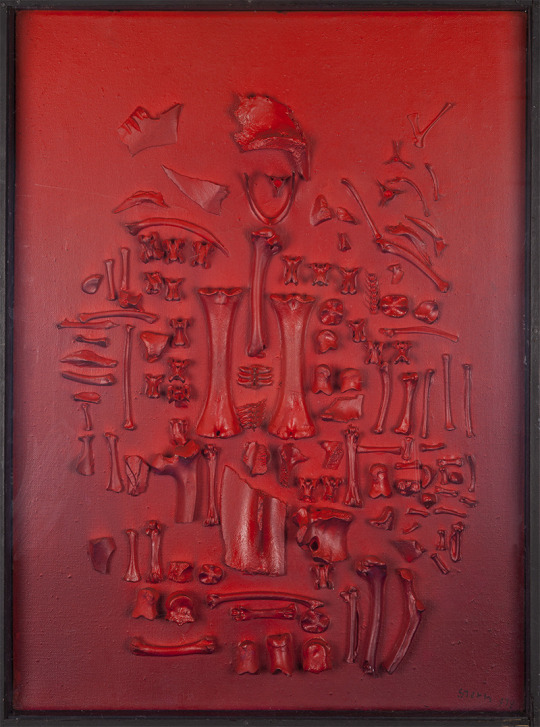
Las Vegas by Robert Rumas, 2000
propaganda: maryjka płacząca monetami. i repeat, maryjka płacząca monetami. [mary crying coins. i repeat, mary is crying coins]
Tablica czerwona (A red board) by Jonasz Stern:
propaganda: Wacława Milewska o Tablicy: http://www.imnk.pl/gallerybox.php?dir=XX143 z culture.pl: napiętnował je [kolaże] silnie znakami osobistych, konkretnych doświadczeń. Do nich odnoszą się wykorzystywane w pracach substancje, "pozyskiwane" z otoczenia, na drodze życia: kawałki zwykłych szmat, naklejane na płaszczyznę obrazu, cząstki organiczne (głównie rybie ości i skóry, drobne kości), jak również - pojawiające się niczym stygmaty - świadectwa żydowskiej przynależności (w postaci fotografii z przeszłości czy tałesów). Nadają one dziełom wymiar eschatologiczny. U Sterna bowiem pozornie mechaniczny gest montowania na podłożu drobnych przedmiotów lub organicznych "resztek" ma znaczenie symboliczne. Wynika z doświadczeń wojennych i mającego w nich swoje źródło przekonania o nietrwałości życia i nieuchronności śmierci. Umieszczane w zaszklonych kasetonach elementy nie są jednak bezosobowymi śladami minionego czasu, ale wręcz osobowymi - bo związanymi z konkretnym, indywidualnym doświadczeniem - świadkami. Pełnią rolę epitafiów i zarazem relikwiarzy. Szczątki zwierząt stają się tutaj także rodzajem pamiątek po człowieku. Ślady, które "rejestrował" Stern, stanowią wszakże pamiątki niejako w dwójnasób: są rzeczywistymi "dowodami na istnienie" konkretnego człowieka (rybie szczątki to pozostałości wędkarskich wypraw, które były pasją malarza; zob. np. "Formy zabite II", 1973), ale również symbolicznymi figuracjami cierpień narodu żydowskiego (Upokorzenie, 1984). Oba aspekty fenomenalnie łączy obraz "Tablica czerwona" (1971), który Jan Trzupek przekonująco zinterpretował jako rodzaj macewy. (https://culture.pl/pl/tworca/jonasz-stern)
about the author: Wybuch II wojny światowej zastał go we Lwowie, gdzie po zajęciu tego miasta w 1941 przez hitlerowców został osadzony w getcie. Z getta został wysłany do obozu zagłady w Bełżcu, jednakże udało mu się zbiec podczas transportu i powrócić do Lwowa. 1 czerwca 1943 podczas likwidacji getta, ocalał z masakry gdyż wydostał się spod ciał rozstrzelanych i uciekł na Węgry do Budapesztu. (Wikipedia) Jego pasją i swoistą terapią było wędkarstwo, i niejednokrotnie wykorzystywał w swojej twórczości szczątki złowionych przez siebie ryb.
28 notes
·
View notes
Photo

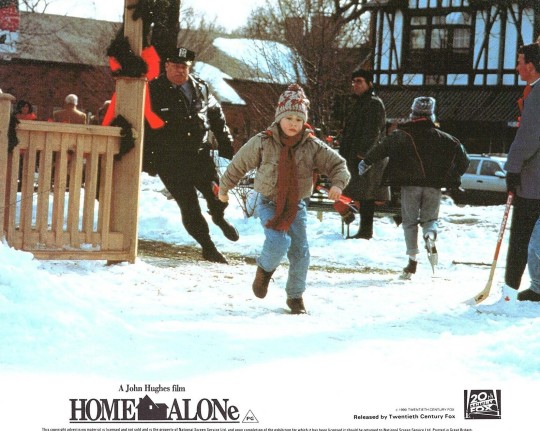






#Home Alone 1990#Home Alone#Macaulay Culkin#Joe Pesci#Daniel Stern#Roberts Blossom#Catherine O'Hara#Chris Columbus#John Hughes#The Wet Bandits#Lobby Cards#90s
110 notes
·
View notes
Text
youtube
Song Review: Heart - “Going to California” (Howard Stern, April 10, 2024)
Ann and Nancy Wilson took the current version of Heart to “the Howard Stern Show” to do their “female Led Zeppelin” thing with “Going to California.”
The song is both “spacious” (Ann) and “Zeppelin-ey” (Nancy) but this version was, sadly neither. Nor, worst yet, was it particularly Heart-y - this, despite three acoustic guitars, mandolin and rhythm section behind Ann Wilson, who remains in relatively strong voice.
“Wow,” Stern said when it ended. How he meant it is debatable, as Sound Bites had a similar thought.
Grade card: Heart - “Going to California” (Howard Stern - 4/10/24) - C-
4/15/24
#Youtube#heart#led zeppelin#the howard stern show#sirius xm#going to california#ann wilson#nancy wilson#robert plant#jimmy page#john paul jones#john bonham
7 notes
·
View notes
Text
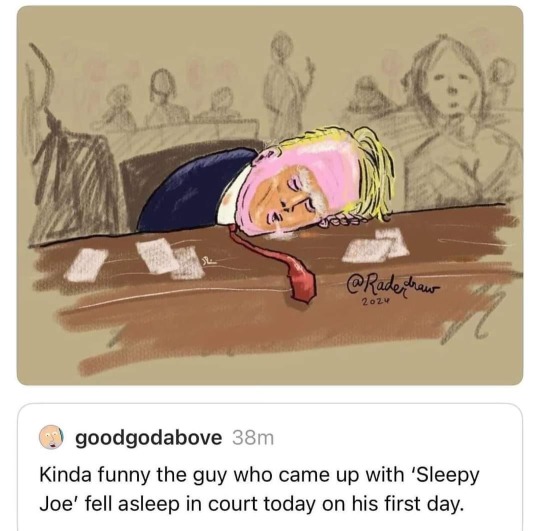
Trump’s criminal trial begins in Manhattan
The criminal trial of Donald Trump for election interference began on Monday. Despite nearly non-stop media coverage, the proceeding was similar to the first day of most criminal trials in America—a fact that should give us all comfort. The first-day proceedings were consistently ordinary, sometimes boring, but glorious in their relentless insistence that all persons are equal before the law.
Rather than overinterpreting small actions or obsessing over whether a Trump-friendly juror can lie their way onto the jury, it is helpful to recall how we got here and what the case is about.
Rachel Maddow presented a superb summary of the sorry path to Trump's prosecution in state court for a federal conspiracy that sent Michael Cohen to prison for a year—but allowed the person who directed the conspiracy—Donald Trump—to escape prosecution. See The Rachel Maddow Show 4/15/24.
Although you already know the story, Maddow’s explainer is an absolutely essential refresher for the state prosecution. The short version is this: When Trump's DOJ investigated and prosecuted Michael Cohen for his role in the hush money payoff, then Attorney General Bill Barr ordered the Southern District of New York to cease its investigation of Michael Cohen’s co-conspirator--Donald Trump.
The failure of the DOJ to pursue Trump in 2018 was political corruption at its height. The fact that Manhattan District Attorney Alvin Bragg picked up the prosecution three years later is a credit to Bragg—not a ground for criticism.
The fact that Bill Barr was able to quash the federal investigation into Trump also explains the central legal theory of the state prosecution. Trump is charged with a state crime of falsifying documents in furtherance of a second crime—election interference, which is a federal crime.
Many observers were initially skeptical of Bragg’s legal theory, but some have come to believe that Bragg has a strong case. See Mark Joseph Stern in Slate, I Was a Skeptic of the Stormy Daniels Prosecution. I Was Wrong.
Stern writes,
Last year, I was uncertain whether this scheme, while sordid, rose to the level of a felony offense.
I am now convinced that, if proved that [Trump] took these actions, it surely does.
The falsification of business records is, by itself, a misdemeanor under New York law, but it’s a felony when it’s done with the “intent to commit another crime or to aid or conceal the commission thereof.”
In his indictment, Bragg claims that Trump lied about the payments with the intent to violate election law, which is what elevates the crime to a felony.
Bragg has argued, convincingly, that the former president intended to violate at least two election laws—one state, one federal.
First, Bragg asserted that Trump and Cohen ran afoul of the Federal Election Campaign Act by making unlawful campaign contributions (in the form of a payoff) at the direction of a candidate (that is, Trump). . .
Second, Bragg argued that Trump ran afoul of a New York election law that forbids any conspiracy “to promote or prevent the election of any person to a public office by unlawful means.”
Read Stern’s article for additional explanation of the legal theory of the case. I find Stern’s analysis convincing.
Of course, the fact that Trump should be found guilty under a proper application of the law to the facts does not guarantee that a jury will return a guilty verdict. In every trial, it is always possible that a juror will not participate in good faith. Given the high-profile stakes and intense scrutiny involved in this case, I think the odds that a “stealth bad faith juror” will lie their way onto the jury are low.
But I am speculating in the same way as all other legal commentators. We must simply await the jury’s verdict and trust in a system that works most of the time. Trying to predict the future is a fool’s game. And remember, the prosecution of Trump is not a substitute for beating Trump at the ballot box.
[Robert B. Hubbell Newsletter]
6 notes
·
View notes
Text

New York City townhouse interior, designed by Robert Stern in 1975. Picture taken around 1979.
Scan
#scan#robert stern#interior#70s design#aesthetic#postmodern#1980s#eighties#vaporwave#interior design
272 notes
·
View notes
Text

US Vogue April 1, 1963
Veruschka wears a reversible mink jacket lined with beige cotton poplin, designed by Emeric Partos, from “Arcturus”, Emba's lavender beige natural mink. Pale beige suede dress, by Samuel Robert. Earrings by Richelieu. Beauty Note: Color Secret; the shade, Glowing Rose. Pink Rose Lipstick. Both: Germaine Monteil. Hairstyle: Ruel of Americana Hairstyles.
Veruschka porte une veste réversible en vison doublée d'une popeline de coton beige, conçu par Emeric Partos, de « Arcturus », le vison naturel beige lavande Emba. Robe en suède beige pâle, par Samuel Robert. Boucles d'oreilles par Richelieu. Note beauté : Color Secret ; la teinte, Glowing Rose. Rouge à lèvres Rose Rose. Toutes deux : Germaine Monteil. Coiffure : Ruel of Coiffures Americana.
Photo Bert Stern
vogue archive
#us vogue#april 1963#fashion 60s#spring/summer#printemps/été#emeric partos#emba#arcturus#samuel robert#richelieu#germaine monteil#veruschka#veruschka von lehndorff#bert stern#vintage fashion#vintage vogue
6 notes
·
View notes
Photo
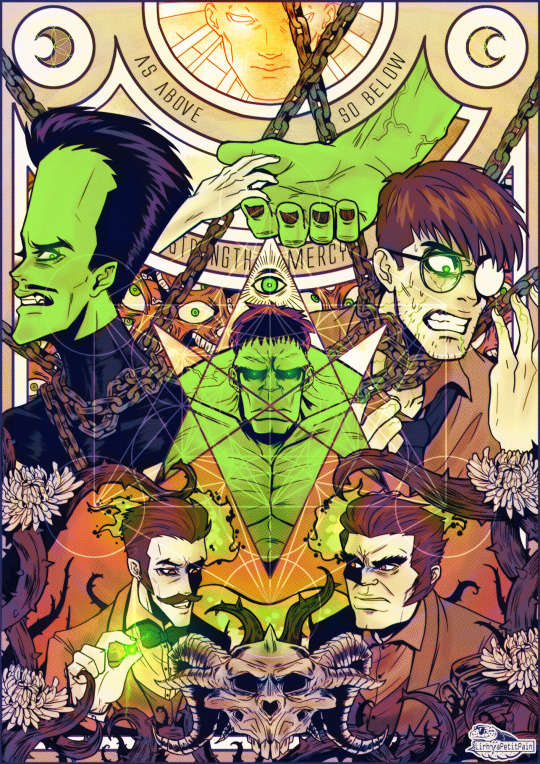
“We are both children of the dawn of the gamma age you and I.
A plain simple man turned genius and a brillant scientist made into a raging monster.
It is as though a universal balance were at play, it is as though we were made to be brothers “
Get the print here
#marvel#immortal hulk#incredible hulk#samuel sterns#sam sterns#the leader#bruce banner#hulk#robert sterns#my art#fanart
124 notes
·
View notes
Text
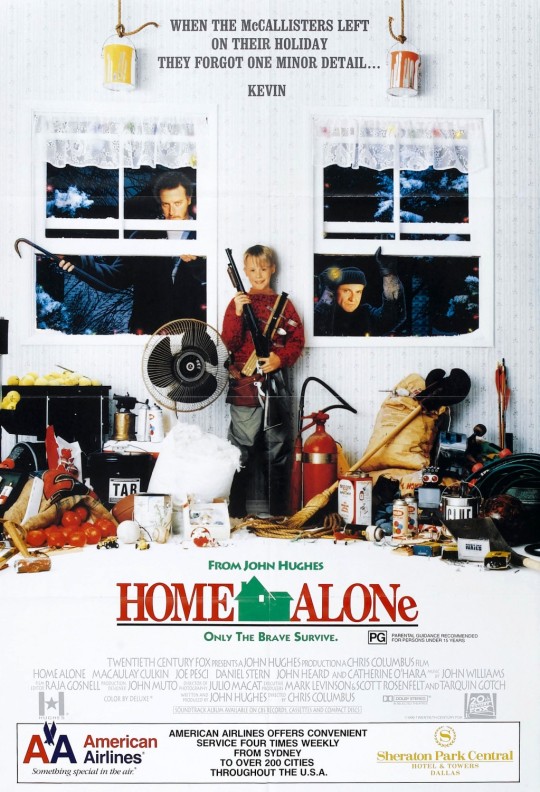
#Home Alone#Macaulay Culkin#Joe Pesci#Daniel Stern#John Heard#Roberts Blossom#Catherine O'Hara#Chris Columbus#1990
8 notes
·
View notes


